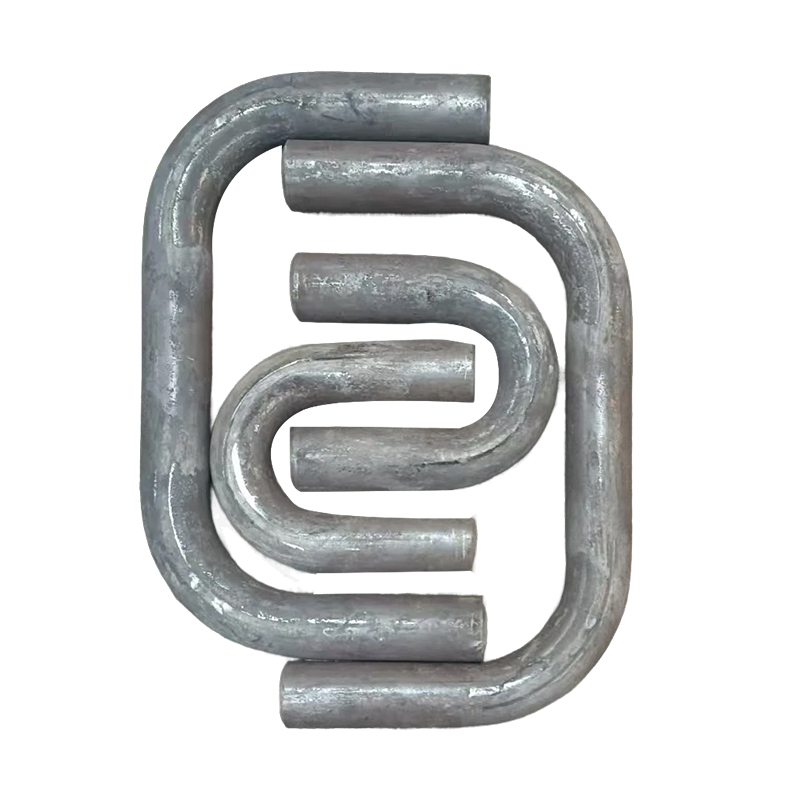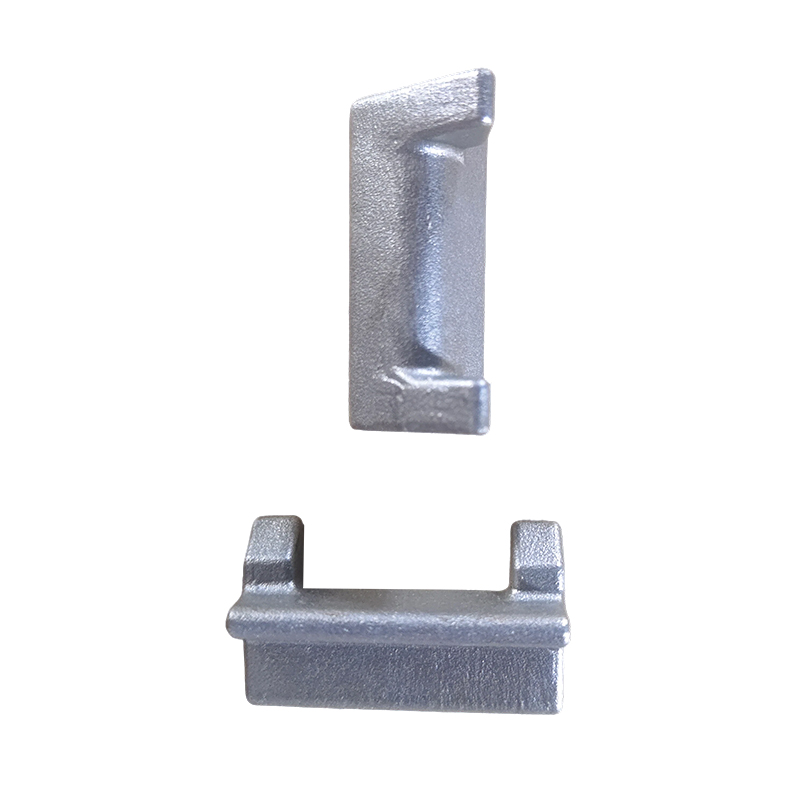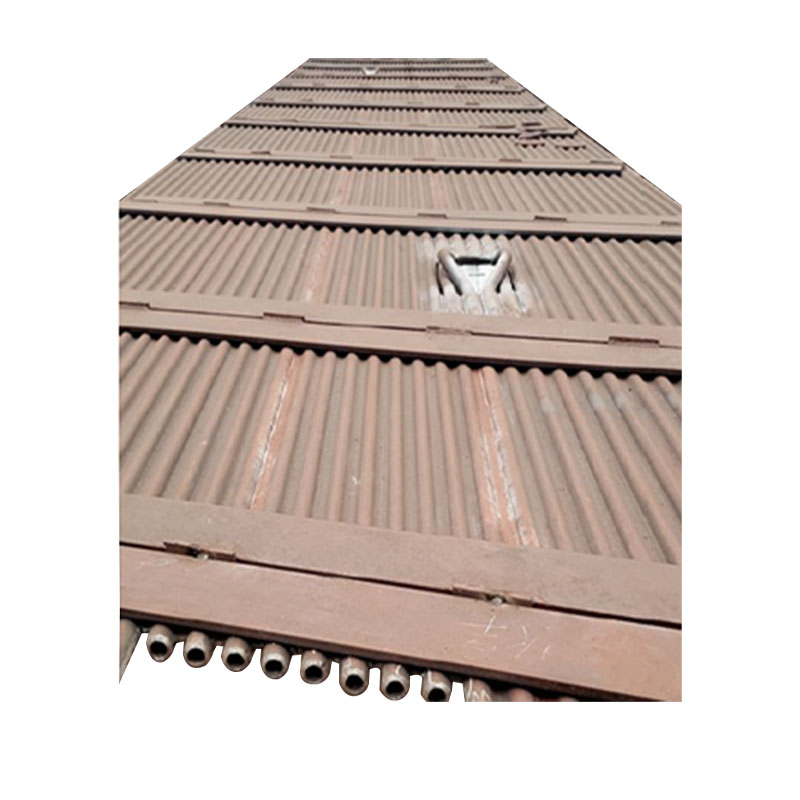What is the impact of different types of elbow pipe fittings on pressure loss in fluid systems?
Release Time : 2025-07-22
In the modern industrial system, pipe fittings, as an indispensable connection and control element in the fluid transmission system, carry technical connotations and engineering values far beyond "pipe connection". They are not only the key nodes for conveying gas, liquid, steam, powder and other media, but also the core components for optimizing system structure, improving heat exchange efficiency and enhancing equipment stability. From elbows, tees to various finned tubes, the design and manufacture of each pipe fitting reflects the deep understanding and flexible application of fluid mechanics, material engineering and heat conduction principles.
There are many types of pipe fittings with different functions, but their core goals always revolve around structural adaptation, flow control, thermal energy management and system optimization. For example, as a basic element for changing the direction of the pipeline, the curvature, radius and wall thickness design of the elbow directly affect the resistance and pressure loss of the fluid; U-shaped elbows are widely used in heat exchangers to cope with stress changes caused by thermal expansion and improve the operating stability of the equipment. Tees are not only used for diversion or confluence, but also undertake complex functions such as pressure balance and flow regulation in automatic control systems.
In the field of heat exchange and heat dissipation, the application of various finned tubes has further expanded the technical boundaries of pipe fittings. Single-finned tubes effectively increase the heat exchange area and improve the heat transfer efficiency by adding fins to the outside of the tube wall. They are suitable for air coolers, radiators and other equipment. Spiral finned tubes optimize the airflow path through the spiral structure, enhance the disturbance, and make the heat exchange more uniform and efficient. The integral extruded finned tube adopts an integrated molding process. The fins and the base tube are closely combined, with higher structural strength and heat conduction efficiency. It is especially suitable for high temperature, high pressure, and highly corrosive industrial environments. The H-type finned tube has a unique "H" cross-section design, which reduces the risk of dust accumulation and blockage while strengthening heat exchange. It is widely used in key equipment such as boilers and flue gas treatment systems.
From the perspective of materials and manufacturing, modern pipe fittings are developing towards high performance, high precision, long life and environmental protection. Metal materials such as stainless steel, carbon steel, alloy steel, copper, titanium alloy, and corrosion-resistant and high-temperature resistant composite materials are widely used in the manufacture of pipe fittings under different working conditions. At the same time, the application of advanced processes such as precision casting, CNC stamping, laser welding, and hot extrusion has made the structure of pipe fittings more complex and the performance more stable, which can meet the stringent requirements of high-end fields such as aerospace, nuclear power, new energy, and chemical industry.
In a deeper sense, pipe fittings are not only the "connectors" of industrial systems, but also the promoters of efficiency improvement and energy consumption optimization. In today's increasingly tight energy situation, how to reduce flow resistance, improve heat exchange efficiency, and extend equipment life by optimizing the structure of pipe fittings has become a key issue in engineering design and system operation and maintenance. For example, in industrial boiler systems, the rational selection of finned tubes can significantly improve heat recovery efficiency and reduce fuel consumption; in data center cooling systems, optimizing the layout of pipe fittings can help improve air flow efficiency and reduce energy consumption costs.
In addition, with the in-depth integration of intelligent and digital technologies, pipe fittings have also begun to evolve towards intelligent perception and adaptive control. Some high-end pipe fittings have integrated temperature, pressure, flow and other sensor modules to achieve real-time monitoring and feedback control of system operation status, providing basic support for industrial automation and smart factory construction.
It can be said that pipe fittings are small but carry great energy in industrial systems. They interpret the logic of fluids with precise structures, respond to the complexity of engineering with diverse forms, and promote the development of modern industry towards a more efficient, smarter and greener direction with continuous technological innovation.
There are many types of pipe fittings with different functions, but their core goals always revolve around structural adaptation, flow control, thermal energy management and system optimization. For example, as a basic element for changing the direction of the pipeline, the curvature, radius and wall thickness design of the elbow directly affect the resistance and pressure loss of the fluid; U-shaped elbows are widely used in heat exchangers to cope with stress changes caused by thermal expansion and improve the operating stability of the equipment. Tees are not only used for diversion or confluence, but also undertake complex functions such as pressure balance and flow regulation in automatic control systems.
In the field of heat exchange and heat dissipation, the application of various finned tubes has further expanded the technical boundaries of pipe fittings. Single-finned tubes effectively increase the heat exchange area and improve the heat transfer efficiency by adding fins to the outside of the tube wall. They are suitable for air coolers, radiators and other equipment. Spiral finned tubes optimize the airflow path through the spiral structure, enhance the disturbance, and make the heat exchange more uniform and efficient. The integral extruded finned tube adopts an integrated molding process. The fins and the base tube are closely combined, with higher structural strength and heat conduction efficiency. It is especially suitable for high temperature, high pressure, and highly corrosive industrial environments. The H-type finned tube has a unique "H" cross-section design, which reduces the risk of dust accumulation and blockage while strengthening heat exchange. It is widely used in key equipment such as boilers and flue gas treatment systems.
From the perspective of materials and manufacturing, modern pipe fittings are developing towards high performance, high precision, long life and environmental protection. Metal materials such as stainless steel, carbon steel, alloy steel, copper, titanium alloy, and corrosion-resistant and high-temperature resistant composite materials are widely used in the manufacture of pipe fittings under different working conditions. At the same time, the application of advanced processes such as precision casting, CNC stamping, laser welding, and hot extrusion has made the structure of pipe fittings more complex and the performance more stable, which can meet the stringent requirements of high-end fields such as aerospace, nuclear power, new energy, and chemical industry.
In a deeper sense, pipe fittings are not only the "connectors" of industrial systems, but also the promoters of efficiency improvement and energy consumption optimization. In today's increasingly tight energy situation, how to reduce flow resistance, improve heat exchange efficiency, and extend equipment life by optimizing the structure of pipe fittings has become a key issue in engineering design and system operation and maintenance. For example, in industrial boiler systems, the rational selection of finned tubes can significantly improve heat recovery efficiency and reduce fuel consumption; in data center cooling systems, optimizing the layout of pipe fittings can help improve air flow efficiency and reduce energy consumption costs.
In addition, with the in-depth integration of intelligent and digital technologies, pipe fittings have also begun to evolve towards intelligent perception and adaptive control. Some high-end pipe fittings have integrated temperature, pressure, flow and other sensor modules to achieve real-time monitoring and feedback control of system operation status, providing basic support for industrial automation and smart factory construction.
It can be said that pipe fittings are small but carry great energy in industrial systems. They interpret the logic of fluids with precise structures, respond to the complexity of engineering with diverse forms, and promote the development of modern industry towards a more efficient, smarter and greener direction with continuous technological innovation.







